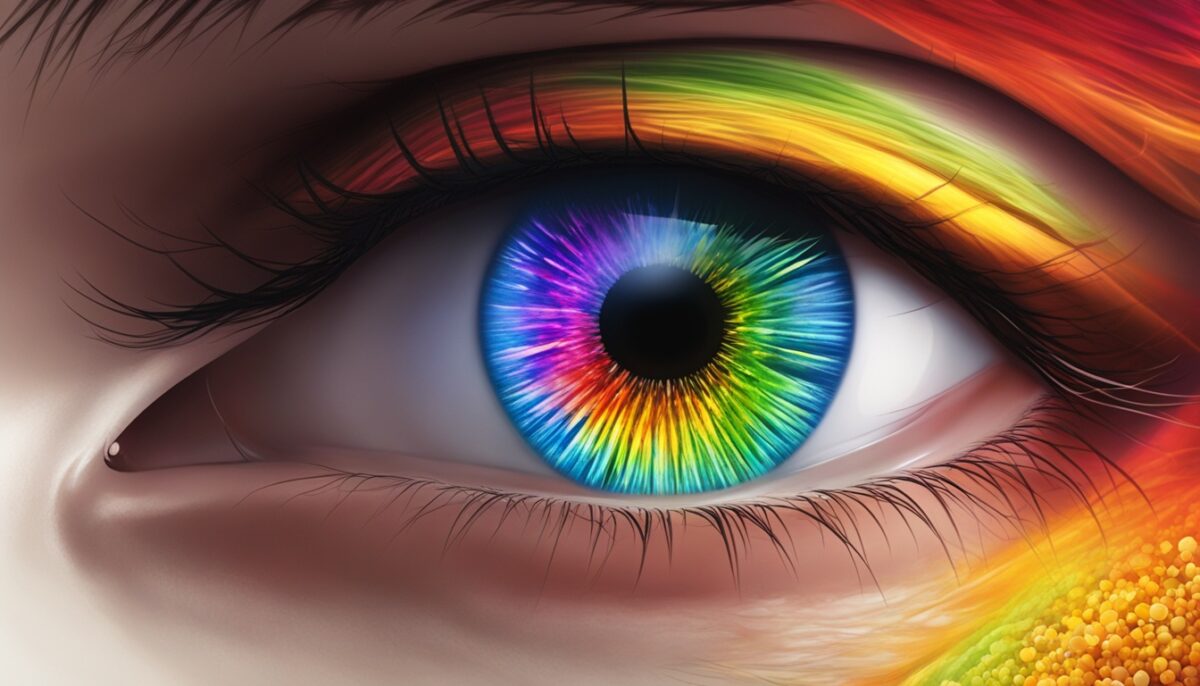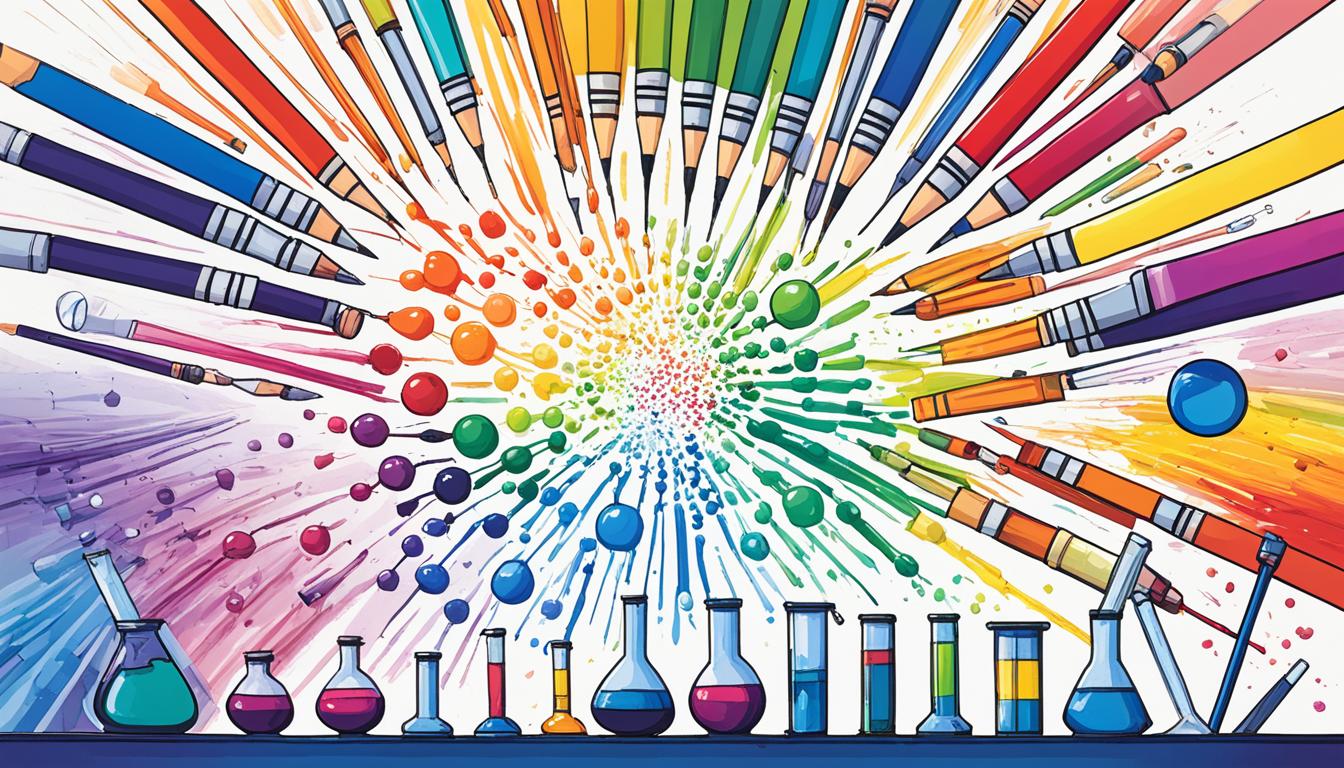In this article, we’ll embark on a captivating exploration of the fascinating world of color perception. We’ll dive deep into the scientific experiments and artistic innovations that have shaped our understanding of how we see and interpret colors. From the physiological mechanisms behind color vision to the psychological factors that influence our color preferences, we’ll uncover the intricate interplay between the sciences and the arts when it comes to the perception of color.
Our journey will take us through the laboratories of leading researchers, where cutting-edge experiments have unveiled the intricacies of the human visual system. We’ll explore the neural pathways and the complex processes that allow us to perceive the vibrant spectrum of colors that surrounds us. Alongside these scientific insights, we’ll delve into the realm of the arts, where visionary artists have harnessed the power of color to evoke emotions, convey messages, and push the boundaries of creative expression.
By the end of this article, you’ll have a deeper appreciation for the multifaceted nature of color perception, and how it continues to captivate and inspire both the scientific community and the artistic world. So, let’s embark on this captivating journey, where the interplay between the sciences and the arts will unravel the mysteries of color and our perceptual experience.
The Science Behind Color Perception
In the realm of science, researchers have long been intrigued by the physiological mechanisms that underlie our ability to perceive color. At the core of this phenomenon are the color receptors in our eyes, known as cones and rods, which work in harmony to create the rich tapestry of colors we experience.
Physiological Mechanisms
The human eye is equipped with three types of color receptors, or cones, that are sensitive to different wavelengths of light: red, green, and blue. These cones work together to translate the various hues and shades we encounter into a cohesive visual experience. Additionally, the rods in our eyes play a crucial role in perceiving brightness and contrast, contributing to our overall color perception.
Psychological Factors
Beyond the physiological aspects, our color perception is heavily influenced by psychological factors. Cultural influences, personal associations, and emotional responses all play a significant role in shaping our color preferences. For instance, the color red may evoke feelings of passion and energy in one culture, while it may symbolize danger or anger in another. These intricate connections between color and psychology have been the subject of extensive color perception research.
By understanding the intricate interplay between the color receptors in our eyes and the psychological factors that influence our color vision, we can gain a deeper appreciation for the dynamic and complex nature of color theory and color psychology.

“Color is a power which directly influences the soul.” – Wassily Kandinsky
Color Perception in the Arts
The arts have long been a realm where color perception has been explored, celebrated, and manipulated. From the color theories of renowned artists like Johannes Itten and Josef Albers to the bold and expressive use of color by impressionist painters, we’ve witnessed how artists have harnessed the power of color to evoke emotions, convey ideas, and push the boundaries of visual expression.
In the realm of color symbolism and psychology, we’ve seen artists skillfully wield color to create impactful and meaningful works. The rich symbolism associated with different colors has been leveraged across various artistic mediums, from painting and sculpture to film and literature, to elicit specific emotional responses and convey deeper messages.
As we delve into the intersection of color and the arts, we’ll uncover how the interplay of hue, saturation, and tone has been used to captivate audiences, challenge perceptions, and unlock new avenues of creative expression. The versatility of color in the arts continues to fascinate and inspire us, inviting us to explore the depths of our own color perception and the endless possibilities it holds.

